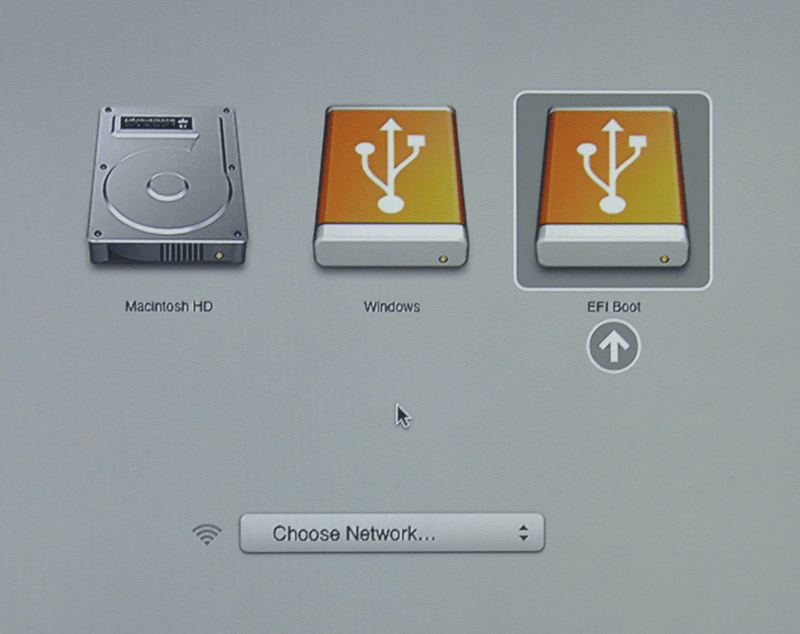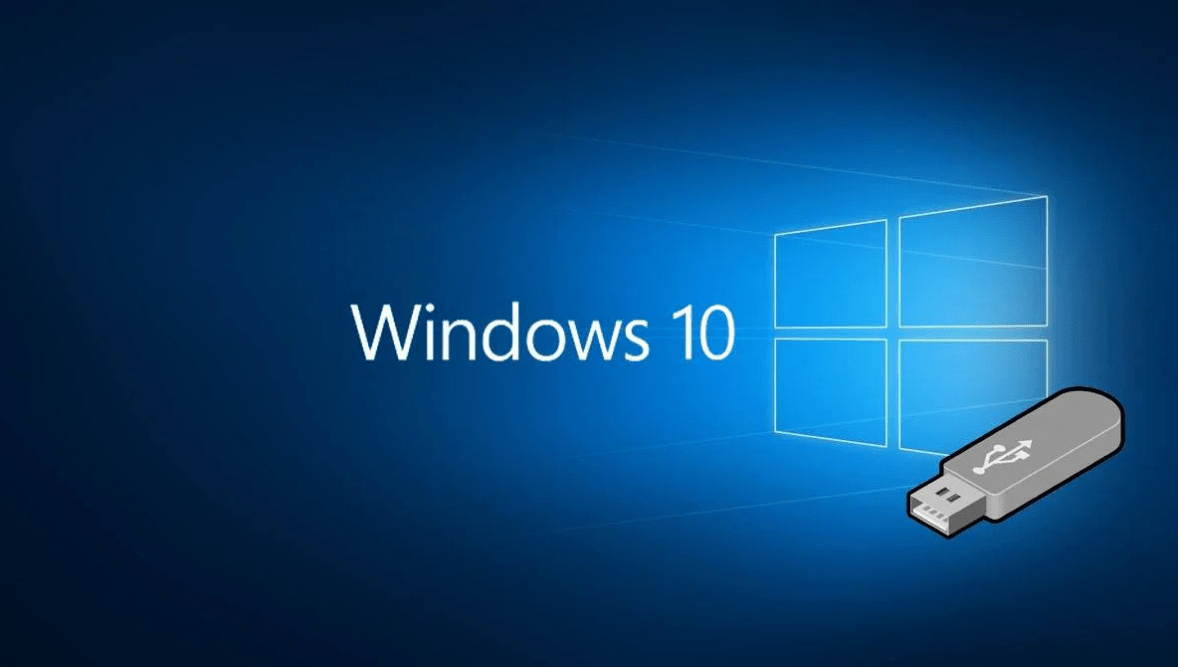

- CREATE A BOOTABLE USB FOR MAC ON LINUX HOW TO
- CREATE A BOOTABLE USB FOR MAC ON LINUX MAC OS X
- CREATE A BOOTABLE USB FOR MAC ON LINUX MAC OS
- CREATE A BOOTABLE USB FOR MAC ON LINUX ISO
In my case, the device number is 2 (for a 8GB USB): /dev/disk2 To avoid confusion, I suggest you only have one USB drive connected. You should be able to identify the USB drive by its size. It will list all currently available 'disks' on the system. Next is to get the device number for the USB drive. Step 4 – Get the device number for the USB drive Also, the converted file may have an additional. That's fine since the extension is symbolic and it's the file type that matters, not the filename extension. You may notice that I didn't put an IMG extension to the newly converted file. Hdiutil convert -format UDRW -o ~/Downloads/ubuntu-14.10-desktop-amd64 ~/Downloads/ Normally, the downloaded file should be in the ~/Downloads directory. Hdiutil convert -format UDRW -o ~/Path-to-IMG-file ~/Path-to-ISO-file
CREATE A BOOTABLE USB FOR MAC ON LINUX ISO
Open a terminal, either from Launchpad or Spotlight, and then use the following command to convert the ISO to IMG format: This can be done easily using hdutilcommand tool. The file you downloaded is in ISO format but we need it to be in IMG format. Ubuntu 14.04 is the latest LTS release and this is what I would recommend for you. Since you're using a Macbook Air, I'd suggest downloading the 64-bit version of whatever version you want. jump to Ubuntu website to download your favorite Ubuntu desktop operating system. Of course, you need to download the Ubuntu desktop ISO image. Of course, hit the Partition button to format the USB drive.
CREATE A BOOTABLE USB FOR MAC ON LINUX HOW TO
It will give you a warning message on how to format the USB drive. When everything is ready, just press the button Applybutton. Click on the Optionsin the right side panel and make sure the partition scheme is GUID Partition Table. There is one last thing to do before formatting the USB. The following screenshot should help you.
CREATE A BOOTABLE USB FOR MAC ON LINUX MAC OS

Anger disk utilityprogram from Launchpad (an icon with a rocket symbol in the table below). To format the USB drive, plug in the USB key. So the first thing you need to do is to format your USB drive in Mac OS Extended format.
CREATE A BOOTABLE USB FOR MAC ON LINUX MAC OS X
Let's see what you need for a bootable USB: Step 1 – Format the USB driveĪpple is known for defining its own standards and it's no surprise that Mac OS X has its own type of file system known as Mac OS Extended or HFS plus. Following all the steps carefully will get you moving forward. I used this method when Etcher didn't exist.īe careful when using the command. The first option is to enter the live session of Ubuntu Method 2: Create a bootable Ubuntu USB on macOS using the command line

You should see the grub screen with the option to start a live Ubuntu session (the first option).

If you see two EFI boot options, choose either one. At startup, when Apple Tune starts, press and hold the option (or alt) key. Step 4: Boot from the live Ubuntu USB on macOS After the purpose of the Linux USB is over, you can use the Gparted tool on macOS or Linux to reformat this USB to normal.Īs long as Etcher gives you a success message about the completion of the flash, you don't need to worry about it. It's just that the USB is now in a format that your macOS doesn't like and therefore complains about. When the process is complete, you should see a message that says “ the disk you inserted was not readable by this computer“. It will take a few minutes at most to complete the process.


 0 kommentar(er)
0 kommentar(er)
